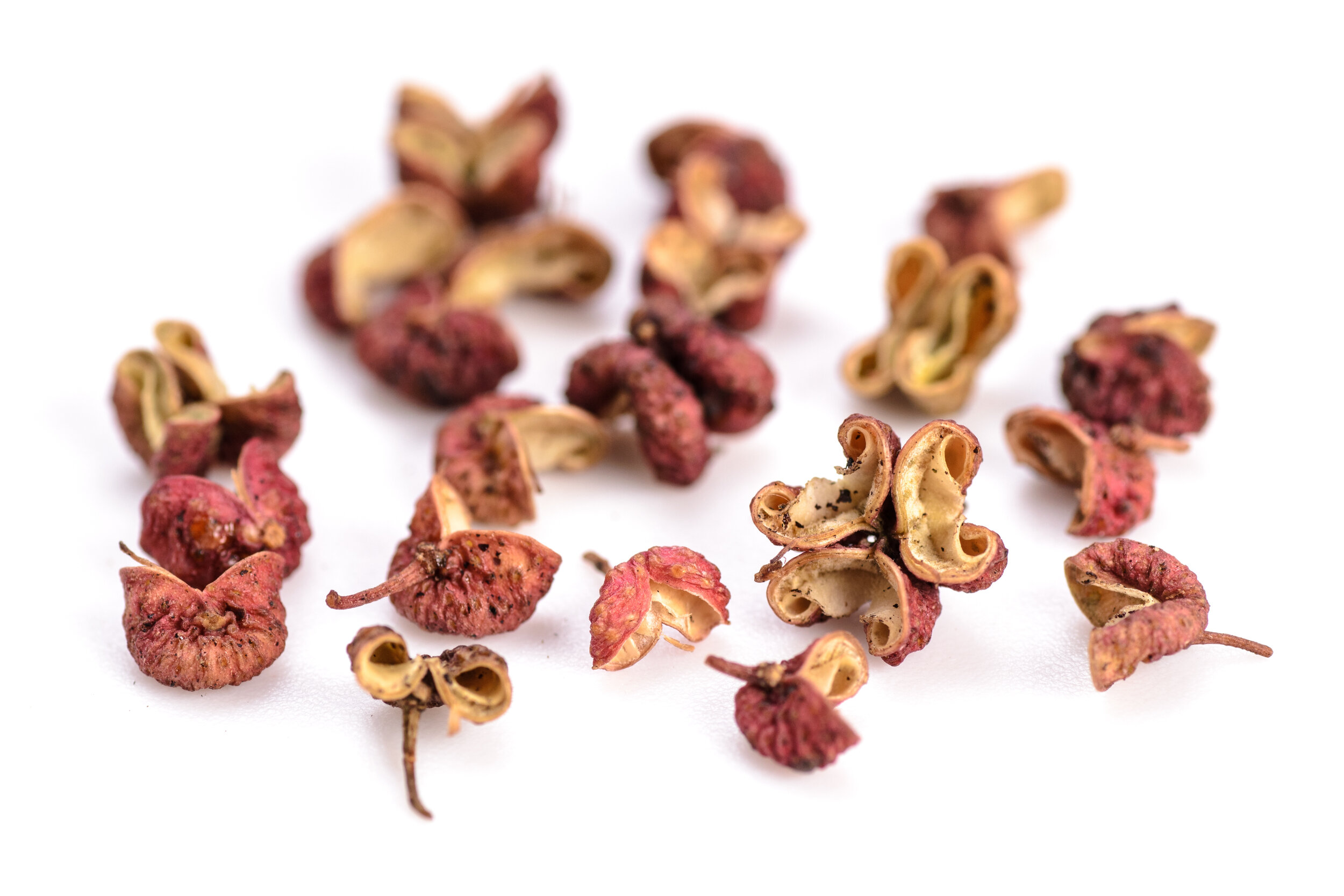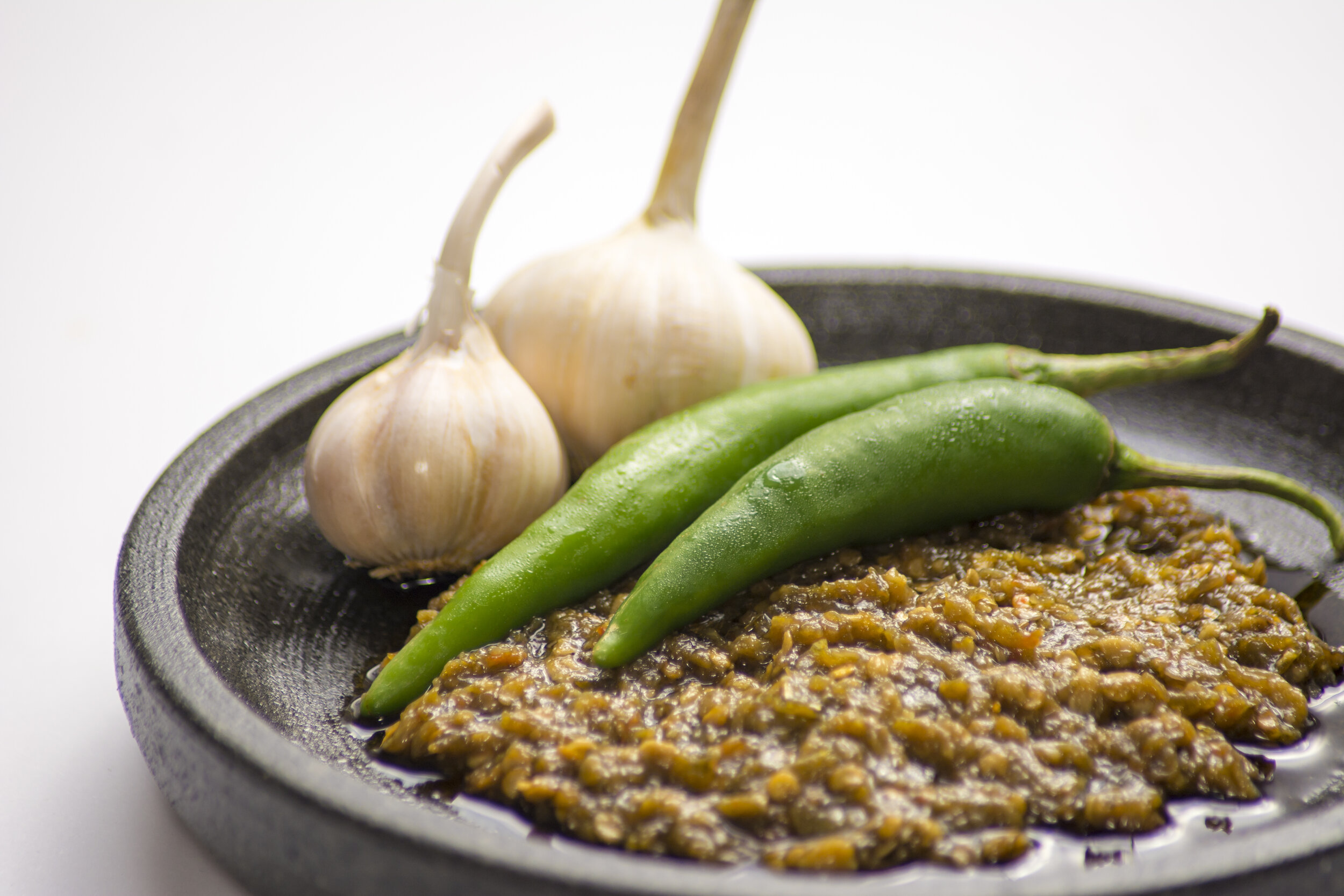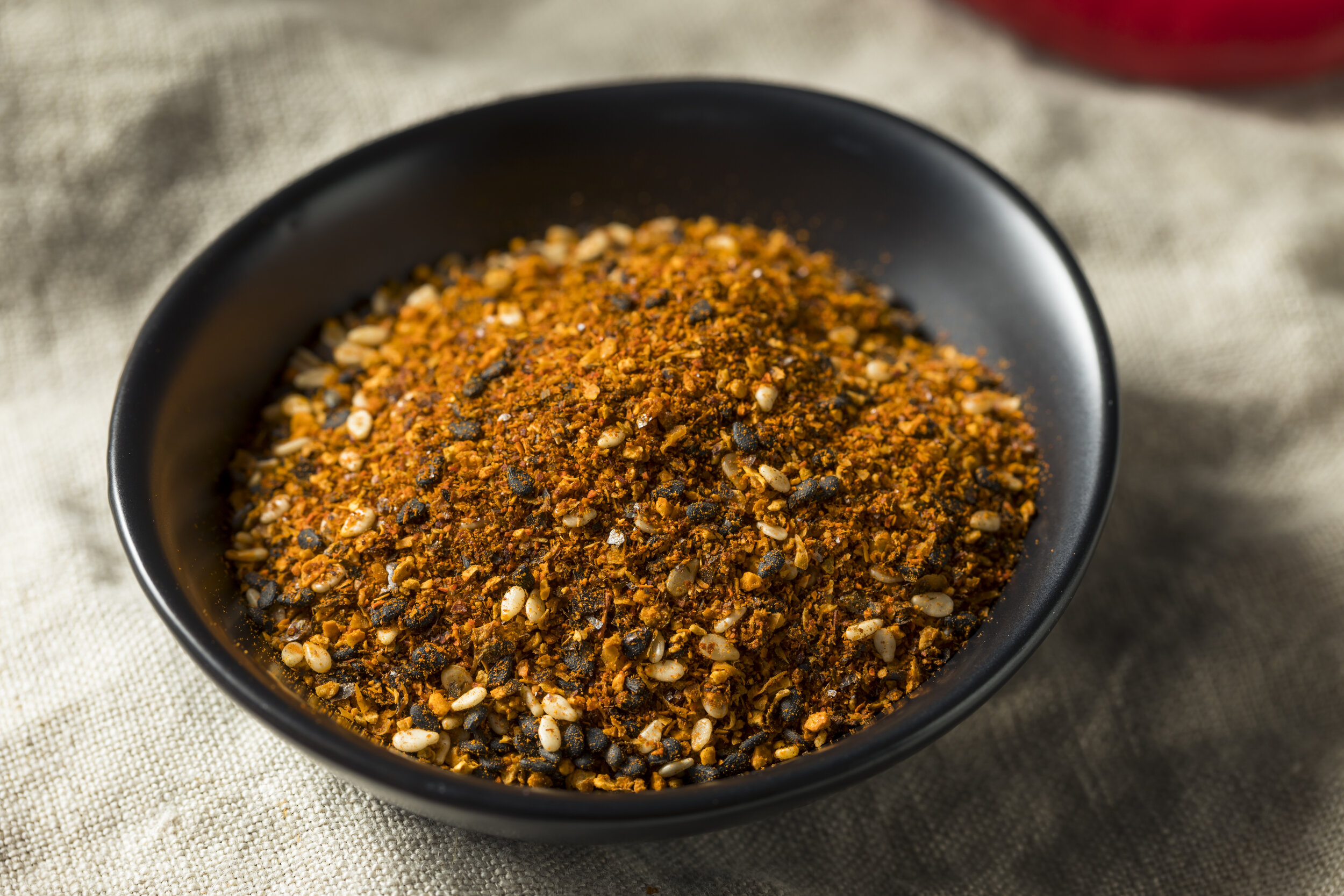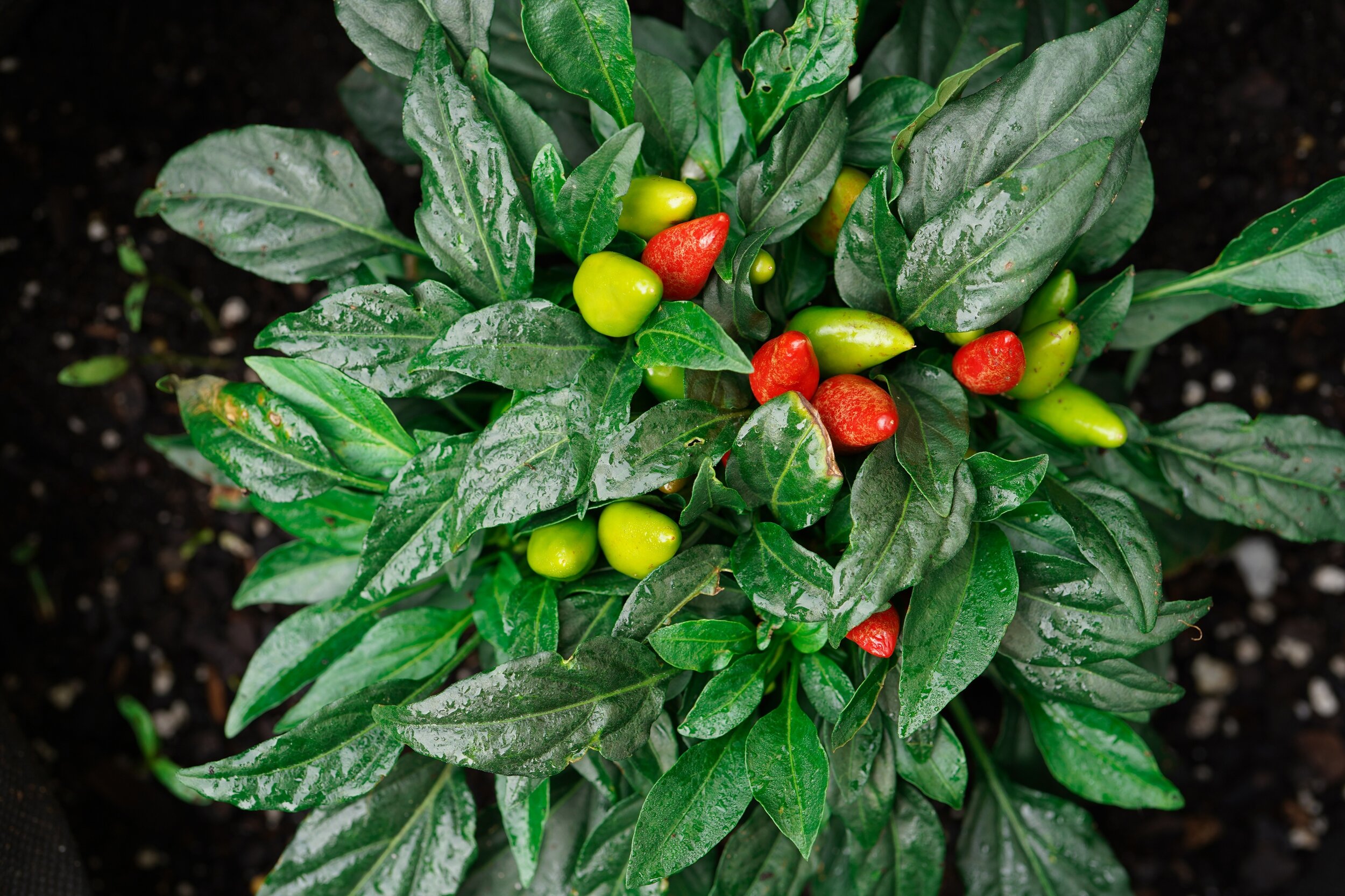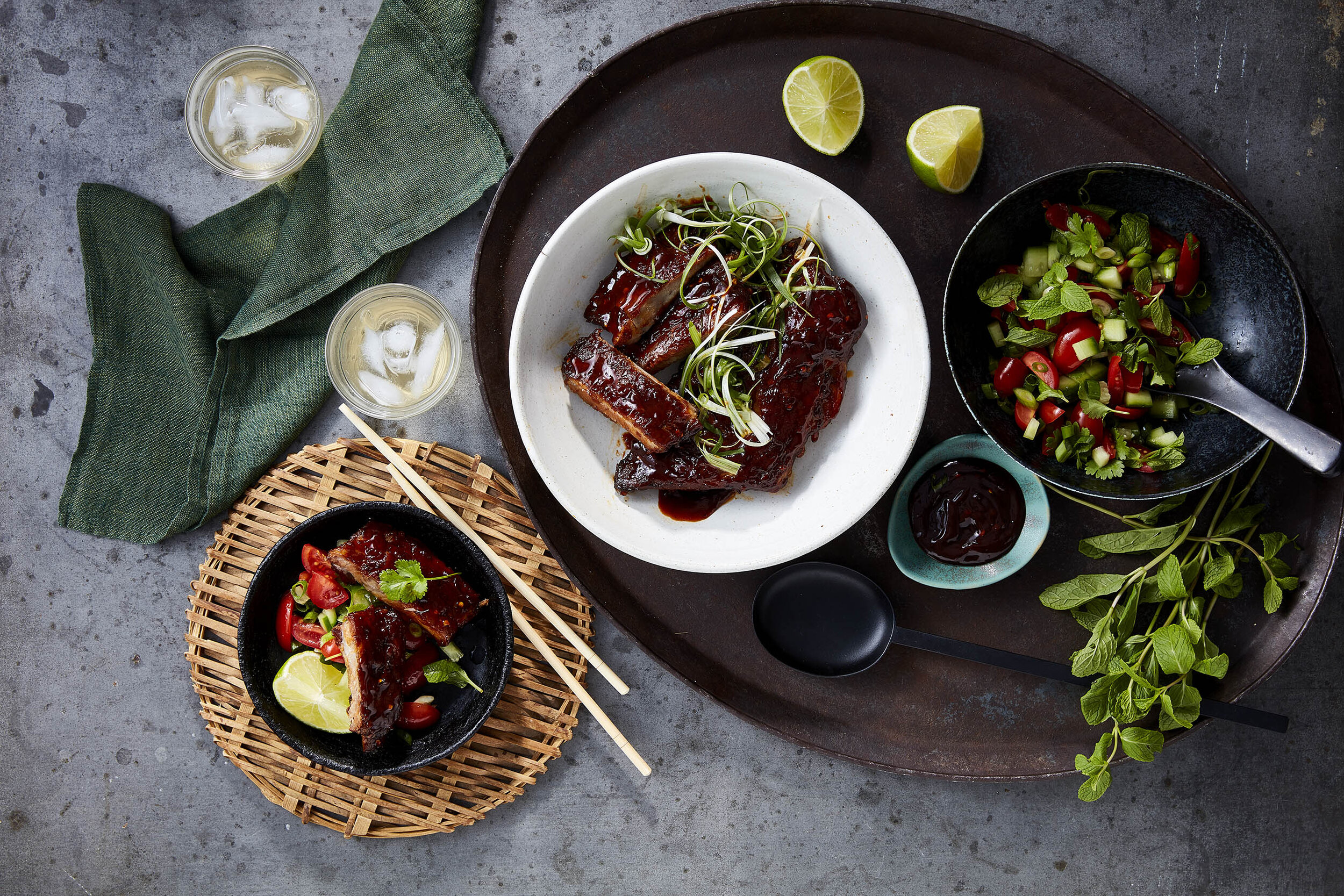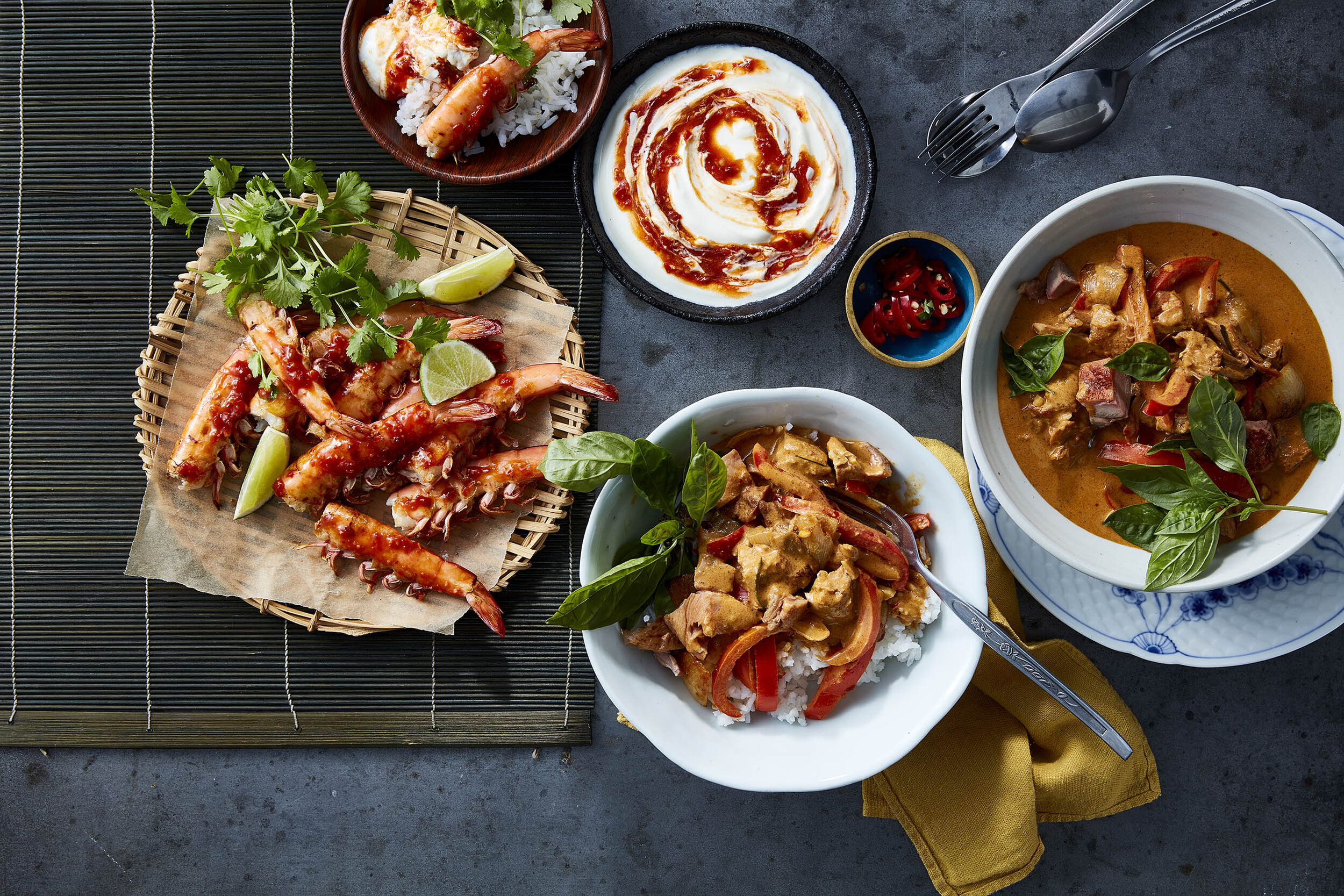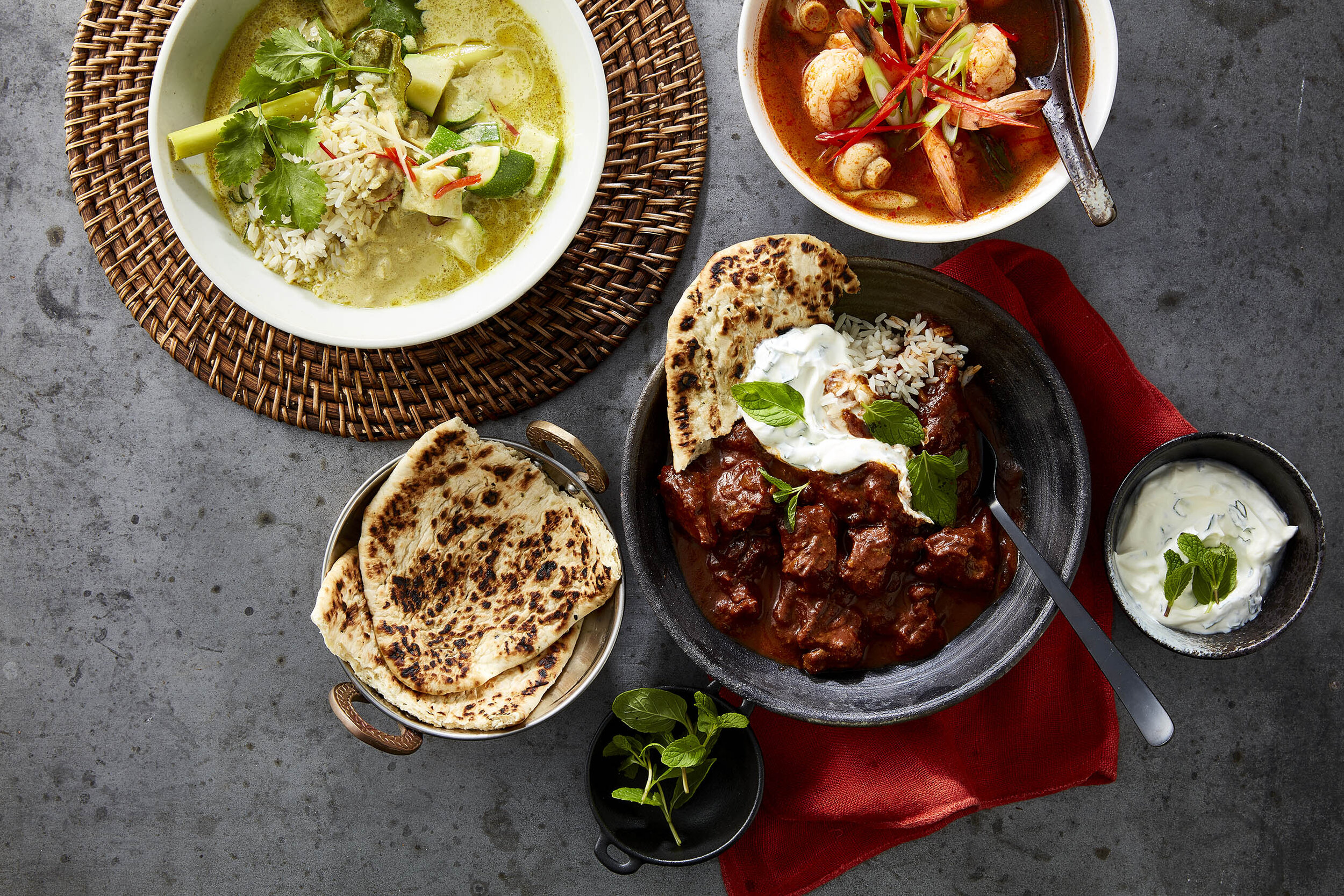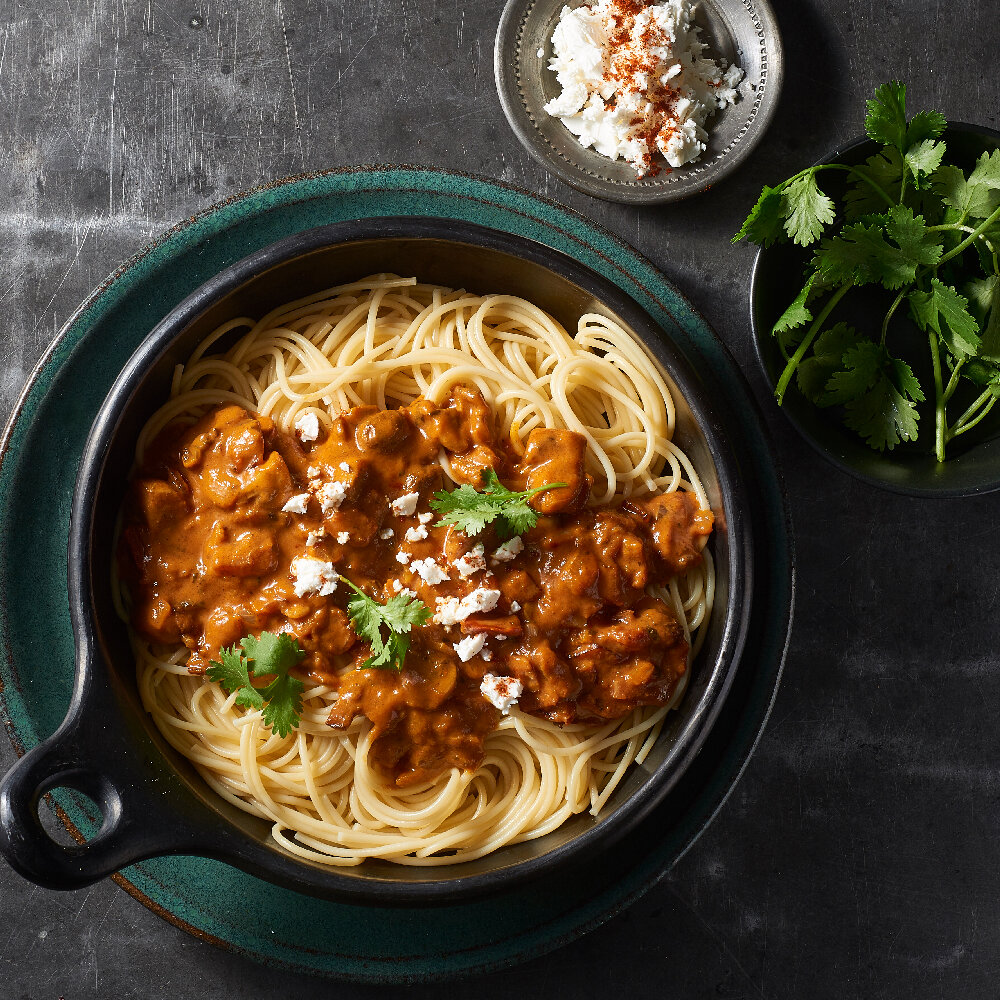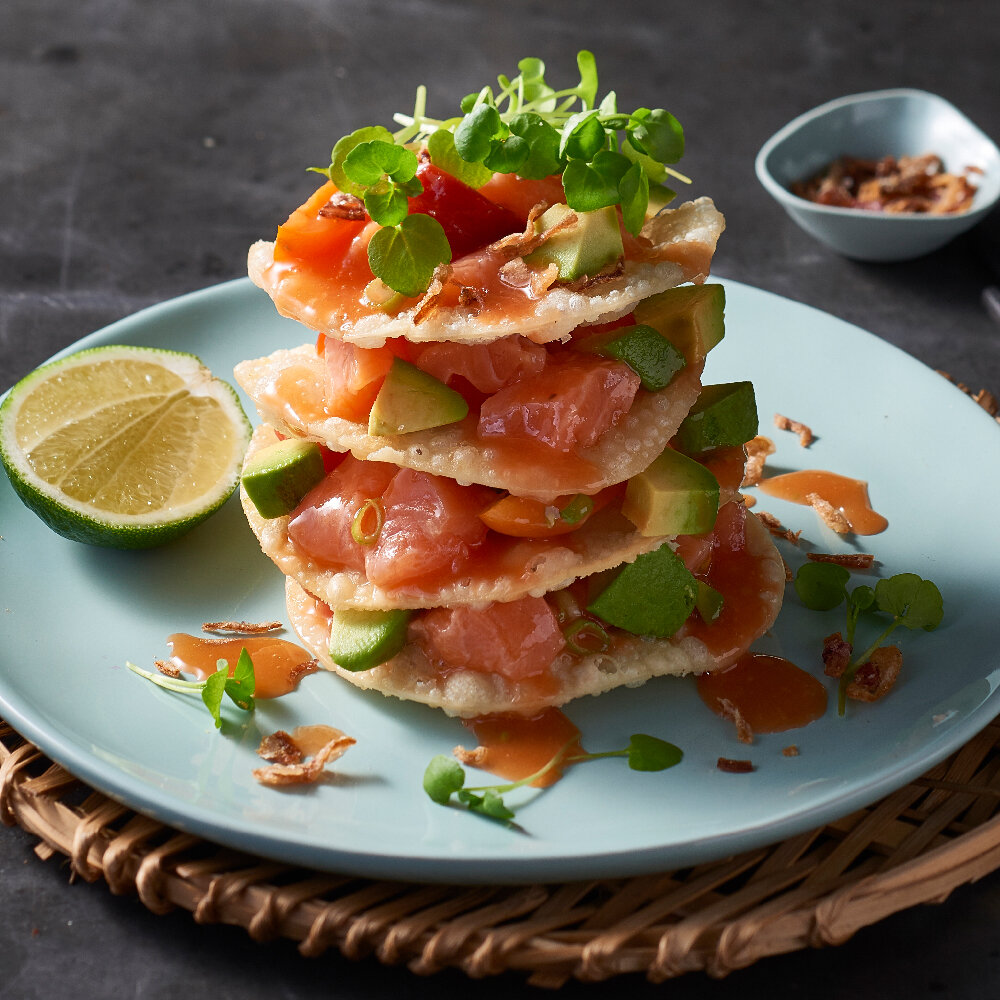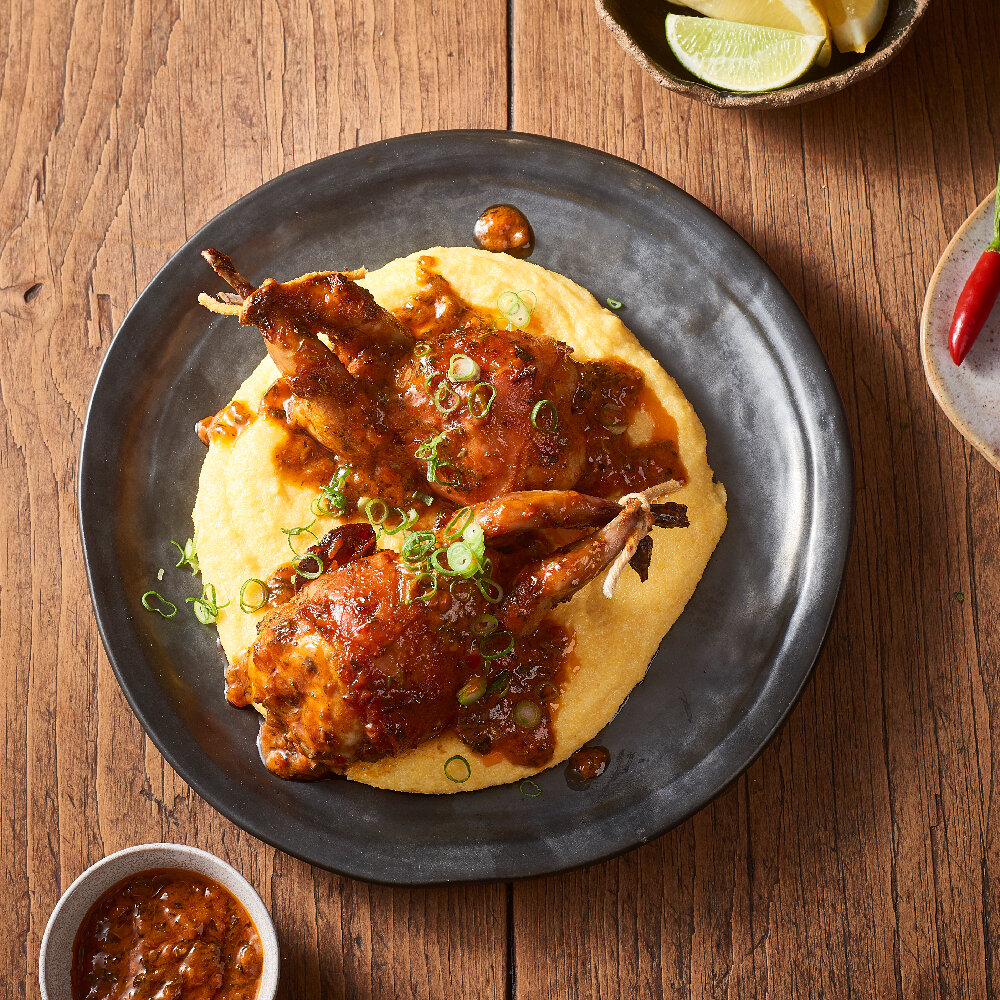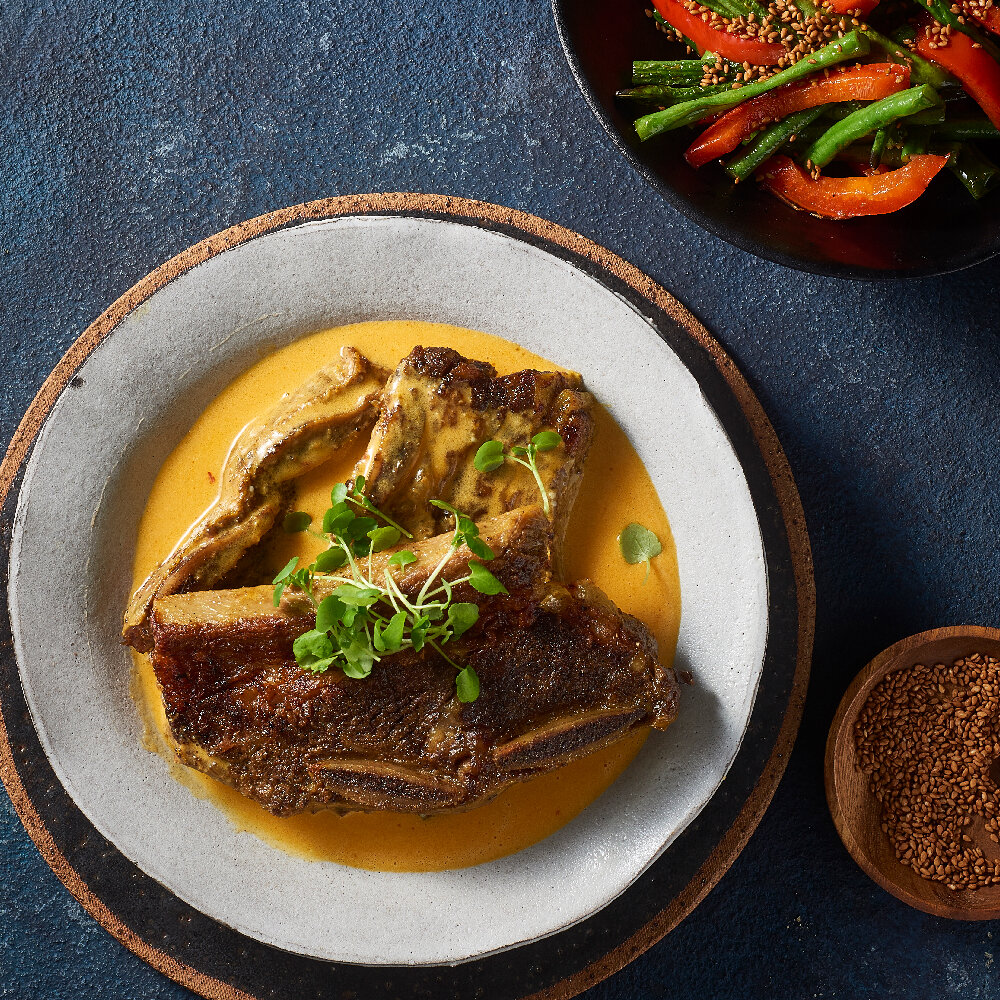Entice your customers’ tastebuds back to your business with contemporary condiments, dressings and sauces
WITH THE POST-LOCKDOWN RECOVERY BEGINNING to ramp up just as the winter months approach, one way to entice customers back through your doors is to offer hearty, flavoursome meals topped with rich dressings and sauces. These are also ideal take-home and delivery choices – warming, satisfying and with contemporary flavour notes that will make your customers’ tastebuds take notice, and encourage them to make a return visit and so begin to build up that all-important repeat business.
Creating customised sauces using commercially prepared bases was already trending on foodservice menus prior to lockdown, and as customers begin to venture back to their favourite eateries, they’ll be looking for exciting flavour combos and innovative choices – sriracha combined with barbecue sauce, or mayo mixes such as mustard sauce mayo or ketchup mayo.
“Recently we’ve been seeing a lot of tailor-made sauces, and cream-based sauces have also made a resurgence,” says chef Adam Moore. “Chefs are adding in smoky notes or chilli. In fact when it comes to hot sauce right now, it’s a case of the hotter the better – that’s been driven by American-Asian fusion, with fermented style sauces very much in vogue.
“There’s also a lot of use of sauces with fresh herbs and spices, like chimichurri which is made from parsley, garlic, olive oil, oregano, pepper and vinegar. Mustards are being married with fresh herbs – condiments have really stepped up and become in-demand again.”
Contemporary choices supplanting the traditional
Simone Fergie, Culinary Development Chef at herbs and spices supplier McCormick Australia, says African influences are also becoming prominent on Australian menus. “We’ve seen a lot of that pop up lately, with regional variations like West African, East African and Sudanese cuisine now being featured in inner-city menus, and I think it’s here to stay. It’s going to become an embedded trend rather than the niche market it started out as.”
Simone says the old styles of condiment bases like rosemary and oregano mixed with salt pepper are increasingly being supplanted by contemporary choices like toasted rice or ground chickpeas – “These are being used as topical flavours, they are quite complex and there’s a lot of different bases that are being used.”
Like Adam, Simone cites chilli as a condiment that’s really grown in demand. “In 2014 we looked at the rise of chilli and what specific types are being used – from bell peppers and capsicums right up to scorpions and scotch bonnets. What’s really interesting is that today chilli is being used for flavour rather than just for heat.”
This, she says, is due to the growing sophistication and adventurousness of the Aussie consumer. “People aren’t afraid to experiment with food anymore. Ten or fifteen years ago you’d only put a pinch of this or that, now we’re using teaspoons or even tablespoons – using herbs and spices as they should be used, with the right amounts for flavour. People used to be scared of jalapenos but today they’re not even considered that hot.”
Download the McKormick 2020 Flavour Forecast
She adds that as the industry moves out of lockdown, supply chain availability is not likely to be an issue despite many herbs and spices being sourced from overseas. “Herbs and spices are so international that your supply chain is literally global – and because herbs and spices are dried they last for a long time so there’s a large stockpile. Companies like McCormick support farmers all over the world, we buy from local communities, so when you buy our pepper or our vanilla you’re supporting the community co-ops which produce it – we buy from them and make sure they’re being paid fairly for their crops. That’s the case in Australia too – we have farmers in Queensland who grow coriander, basil and mint to our specifications, so in using these products you are supporting local industry.”
For more information visit the the McKormick website at www.mccormick.com.au
‘Global flavours’ on the rise
At Nestlé Professional, Executive Chef Mark Clayton has been extensively involved in developing sauces based on a variety of global cuisines under its Flavours of the World portfolio. The latest addition to this is the MAGGI Taste of Americas range consisting of a Mexican Style Salsa Roja, Kansas City Style Legendary BBQ Sauce with hickory and molasses, and Fiery Hot Sauce made with Cayenne peppers.
Mark emphasises the Flavours of the World range is for the most part not designed for specific dishes: “We’ve gone away from that, as chefs are looking for flavours and products which inspire them and consumers are becoming more adventurous with international flavours. These sauces are designed as ‘building block’ base flavours to inspire chefs.”
The range has been designed to make it easy to give all your classic menu items a ‘global flavour’ twist. “We watch the trends and consult closely with the market when developing these products, because the aim is to develop flavour profiles which are as authentic as possible while meeting the taste preferences of local consumers,” Mark says
Download the Nestlé Flavours of the World Booklet
“Once we come up with an initial recipe, we try it out with our chef community, take their feedback on board and then refine further as necessary until we’re ready to launch. Our job is to identify where there are gaps in the market which we can then fill with a quality product that does the job chefs expect.”
Of course any commercially manufactured sauce produced in large scale must conform to a number of technical requirements, such as being bain-marie stable, but Mark says, “while we have to get the technical stuff right, our overarching goal is the flavour, texture and making the product as authentic as we can get it. We’re trying to approximate as closely as possible what the chef would make from scratch if they had the time and labour to do so.
“I think chefs have been having a lot of day to day battles even before the lockdown procedures were imposed on the industry – things like staffing and skills shortages, and keeping up with new trends. So they are always looking for ways to differentiate their menus from the competition down the road, and right now as business starts ramping up that’s going to be more important than ever. So if we can produce ingredients based on consumer trends which can inspire and help them in that way, that’s got to be a good thing.”
A starting point for the chef’s inspiration
The 16 sauces in the Knorr World Cuisine range from Unilever Food Solutions embrace a range of international cuisine styles including American, Chinese, Japanese, Malaysia and Italian. While the Chinese and Italian ones are more along the lines of cooking sauces, with the latter range including such traditional favourites as parmigiana, napolitana and bolognese, the American selection features contemporary tastes including Chipotle BBQ and Tomato Chilli Relish. The biggest seller in the range, Mexican Mild Chunky Salsa, is ideal for dipping with corn chips or serving with tacos and jacket potatoes.
“We’ve had these in our range for quite a while but about a year ago my R&D colleague and I worked through them and recreated every recipe,” says Unilever Food Solutions Corporate Chef Andrew Ballard. “They are now all gluten free and we worked hard on the taste to ensure each one was just right. The aim is always to deliver an authentic flavour profile – for example, the Napolitana sauce is 95 per cent tomatoes.
“For our Asian range, we reached out to our chefs in China to get their input on the flavour profile – we have about 250 chefs worldwide working in Unilever so we’re able to bring in products from overseas and look at how we would adapt them to meet the requirements of the Australian market.”
Andrew emphasises that these products have been designed as a starting point for the chef’s inspiration. “As a general rule, chefs don’t just want something they can pour out – they want to be creative,” Andrew affirms. “Of course if you’re time-poor or working to a tight budget you can use these products as is, but others will want to use them as a base and get innovative – adding their own ingredients and spices. It’s all about creating a point of differentiation and something distinctive to your business, like a signature sauce.
“If someone goes to one restaurant down the road and the next week they go to another one and the food’s exactly the same, that’s pretty boring for everyone. So the market is rightly focused on differentiation and products like this can help you achieve that while saving on time and labour intensive preparation.”


